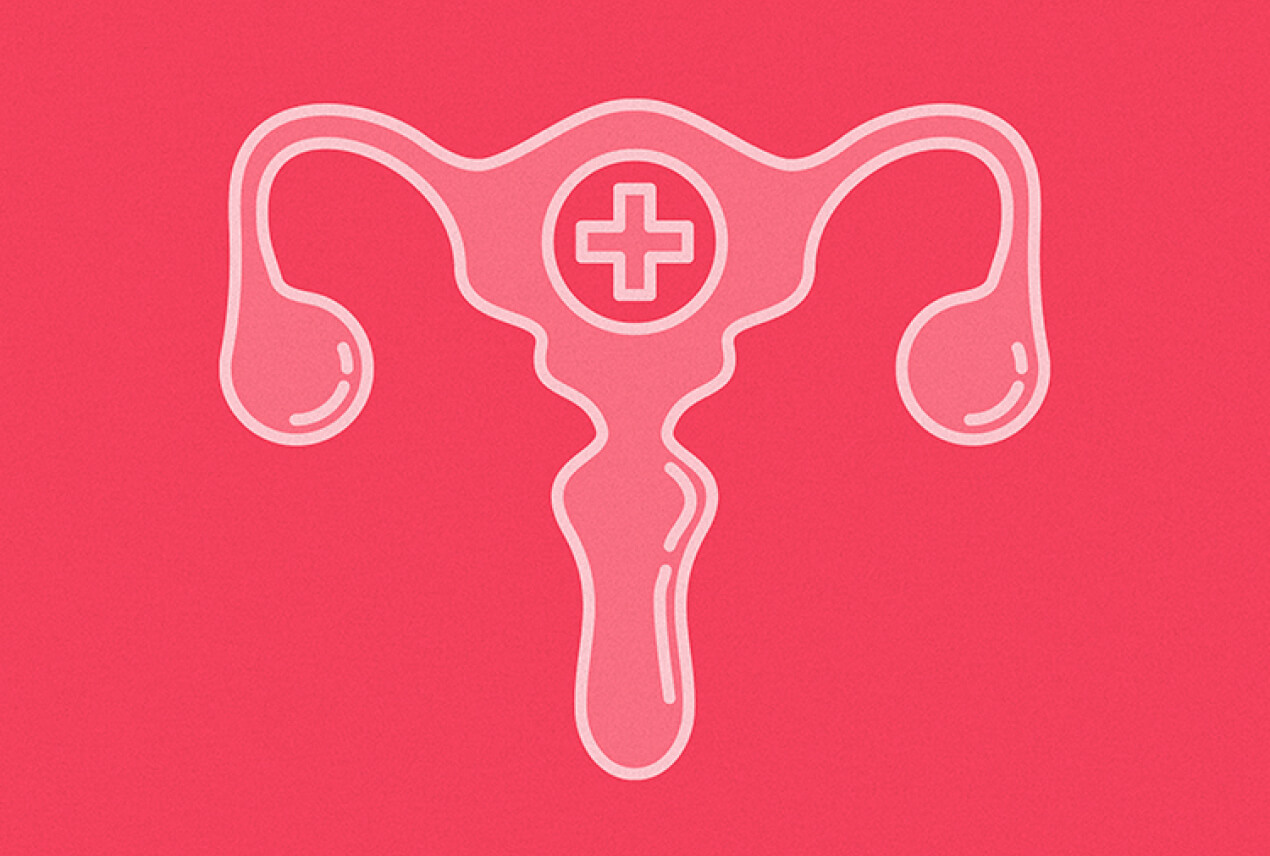The uterus is a pear-shaped organ located between a woman's rectum and bladder. Sometimes referred to as the womb, it's where a fetus grows when a woman becomes pregnant.
You've likely heard the uterus referred to by the sections that comprise it: the cervix, the corpus and the fundus. The cervix is the narrow, lower section of the womb that sits at the top end of the vagina. The corpus refers to the broad middle section of the uterus, while the fundus is the dome-shaped top section of the organ.
Of course, keeping your reproductive health in top shape is important. Here's a breakdown of some basic principles of your uterus and common conditions to monitor.













